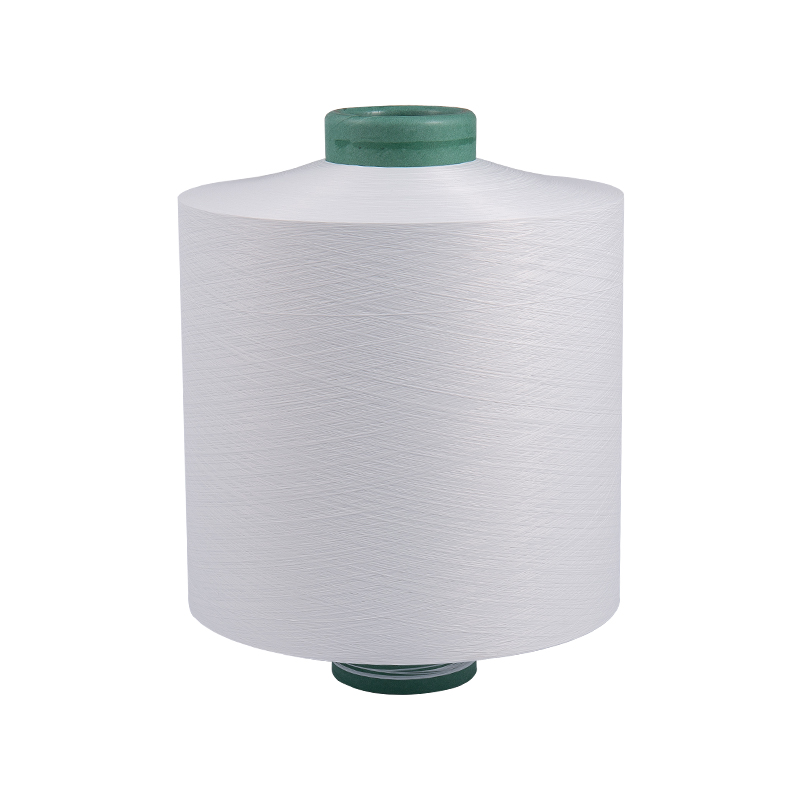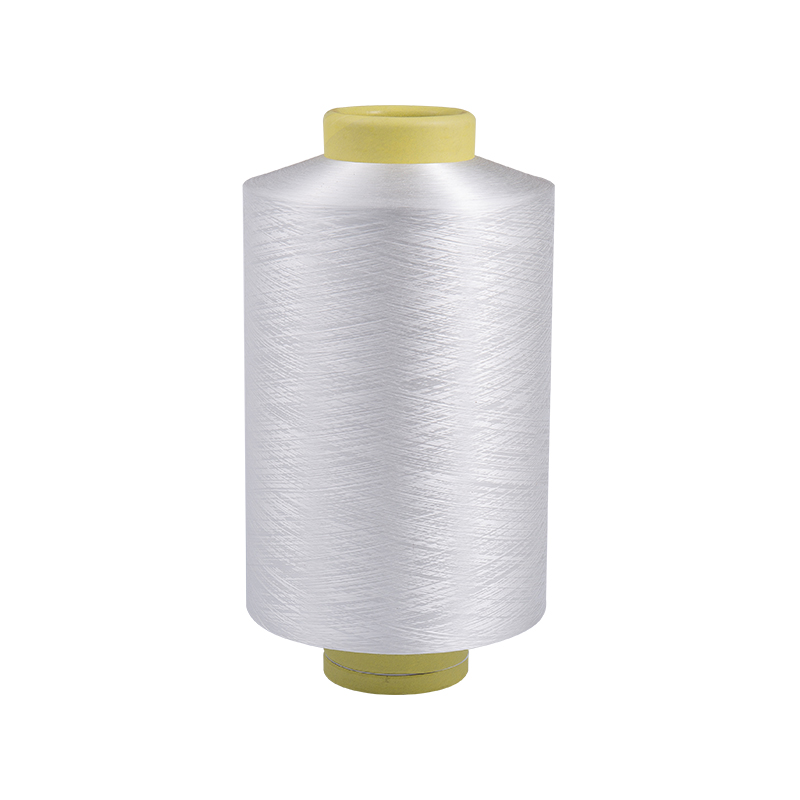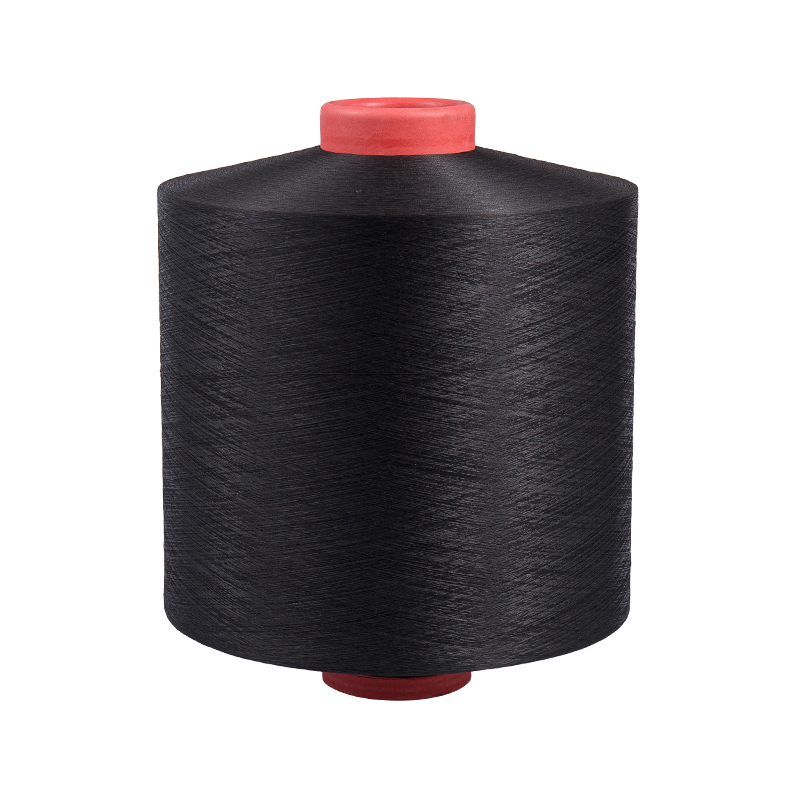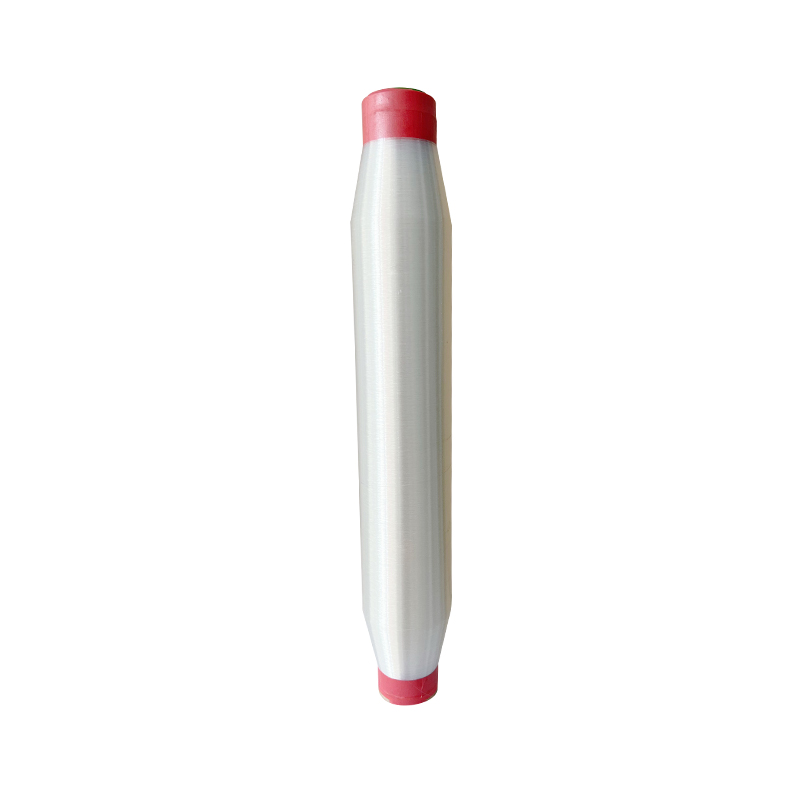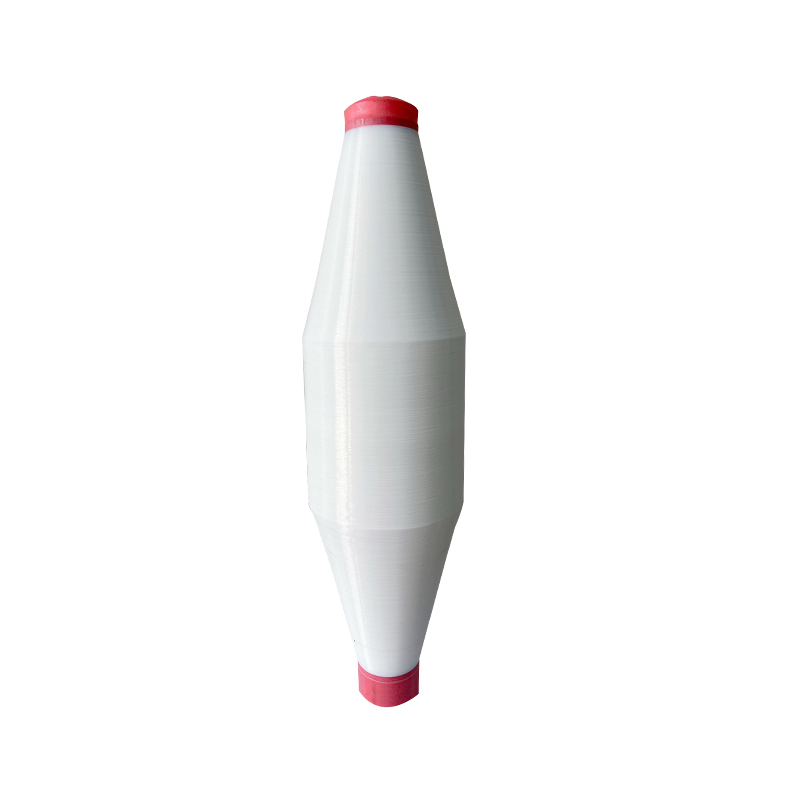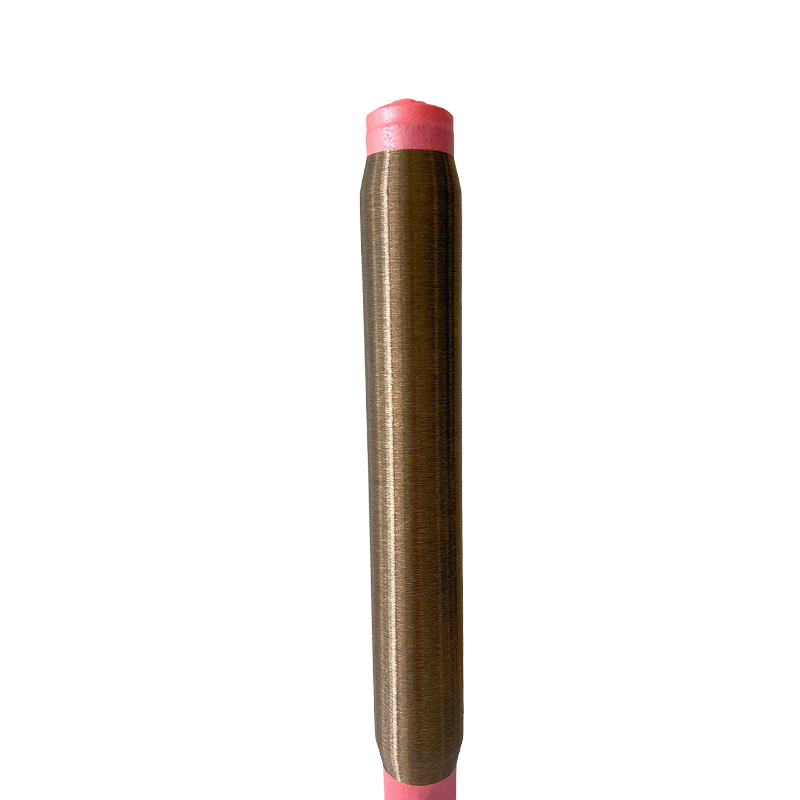What are the main steps in the production of polyester draw textured yarn?
2025-07-23
The production of polyester draw textured yarn (DTY) involves several precise steps that transform partially oriented yarn (POY) into a textured, stretchable, and bulkier yarn suitable for a wide range of textile applications. Below are the main steps in the production process:
1. Feeding the POY (Partially Oriented Yarn)
The process begins with feeding POY, which is an intermediate product obtained from the melt spinning of polyester. POY has not been fully drawn or textured yet and is characterized by lower strength and higher elongation.
2. Drawing (Orientation Stretching)
The POY is passed through a series of heated rollers at different speeds.
This draws the yarn, aligning the molecular chains to increase tensile strength and reduce elongation.
It improves dimensional stability and sets the stage for effective texturing.
3. Texturing (False-Twist Texturing)
The drawn yarn then enters the texturing zone, typically using the false-twist texturing method.
The yarn is twisted with a rotating spindle or disc and simultaneously passed through a heated zone (heater or oven).
After heating, the twist is temporarily set in the yarn.
Upon cooling, the yarn retains a crimped or coiled structure, giving it bulk, elasticity, and a soft texture.
4. Cooling Zone
After heating and twisting, the yarn is cooled to fix the texture.
Proper cooling is essential to stabilize the crimp and maintain uniformity in the yarn.
5. De-twisting (Untwisting the Yarn)
Once textured, the twist is removed (de-twisted) before winding.
The twist removal keeps the crimped effect while avoiding actual twist in the final yarn.
6. Intermingling (Optional)
Depending on end-use requirements, some yarns undergo intermingling:
Small air jets entangle the filaments together to improve cohesion and reduce filament separation.
Types include non-intermingled (NIM), semi-intermingled (SIM), and highly intermingled (HIM) yarns.
7. Winding
Finally, the finished DTY is wound onto cones or packages.
Winding must be smooth and uniform to avoid defects during subsequent fabric production.
8. Quality Control and Testing
The finished yarn undergoes inspection for:
Crimp stability
Tensile strength
Elongation
Evenness and dyeability
Summary Table of DTY Production Steps:
| Step | Description |
| 1. Feeding | POY is loaded into the machine. |
| 2. Drawing | Yarn is stretched to align molecules. |
| 3. Texturing | Heat and twist create crimp and bulk. |
| 4. Cooling | Fixes the crimped structure. |
| 5. De-twisting | Removes twist while keeping texture. |
| 6. Intermingling (optional) | Air jets bind filaments for cohesion. |
| 7. Winding | Yarn is wound onto cones or packages. |
| 8. Quality Control | Final testing to ensure performance. |
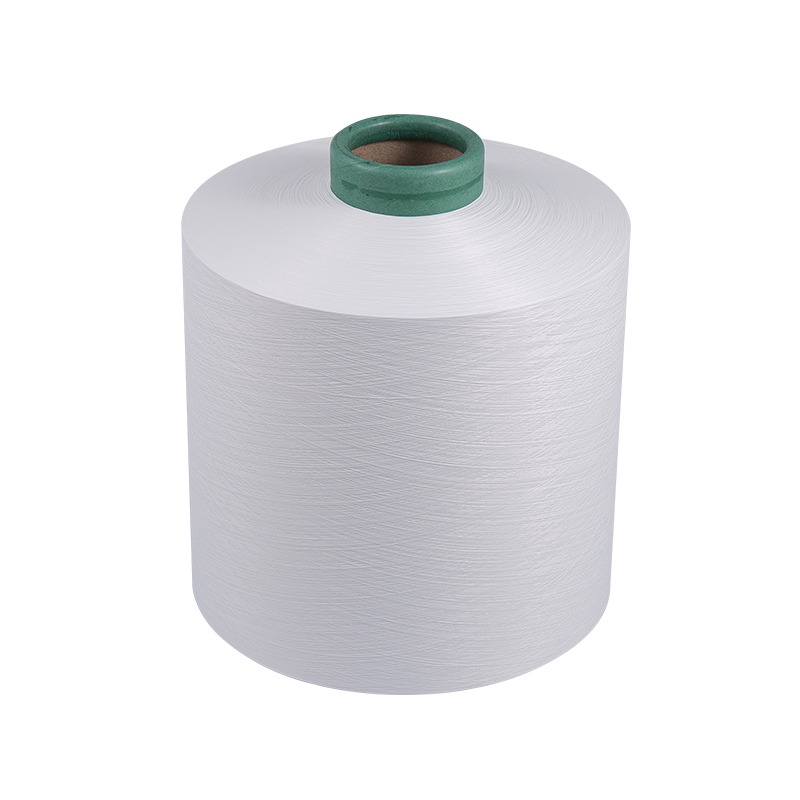




 English
English 中文简体
中文简体 Español
Español عربى
عربى

